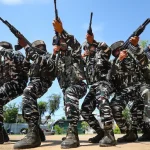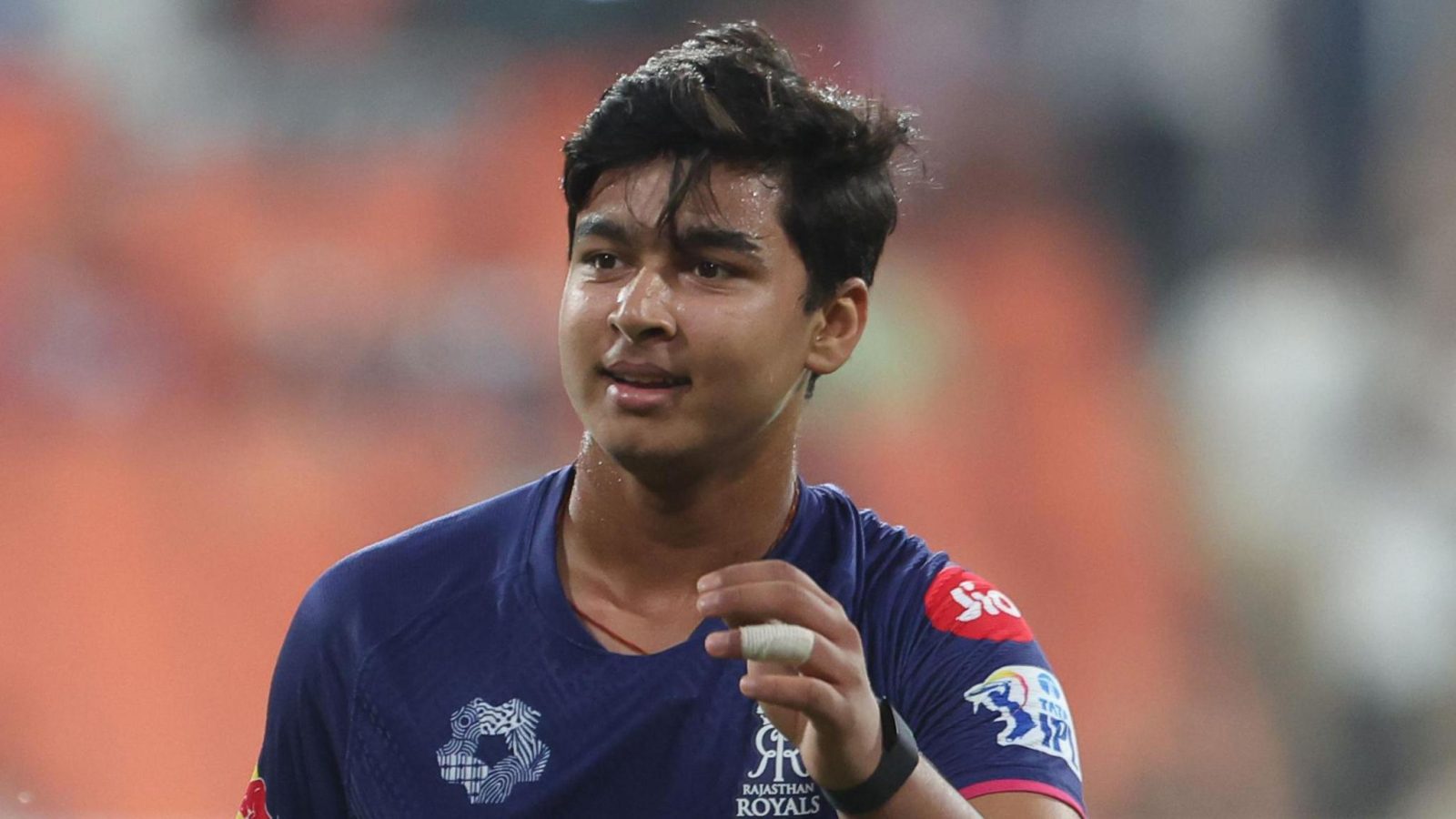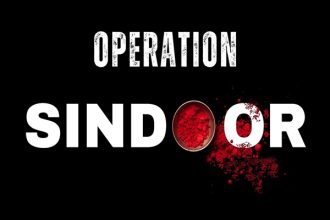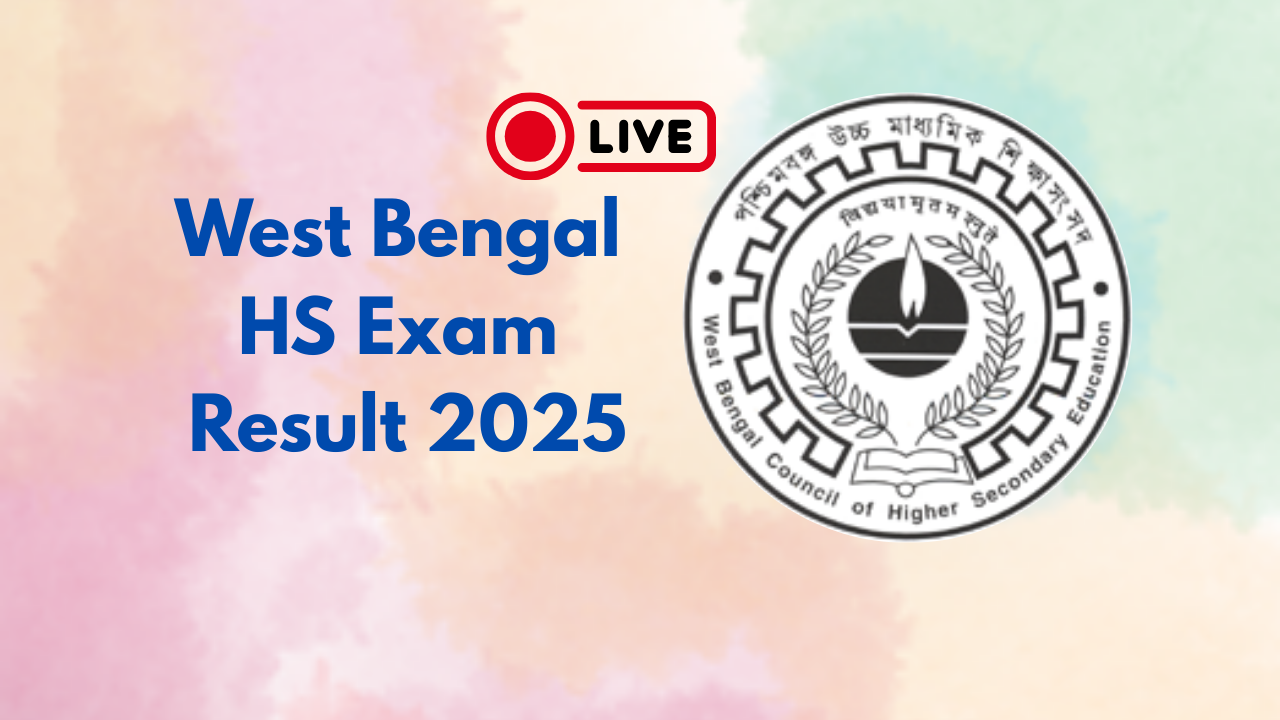On May 7, 2025, India is undertaking one of the most extensive civil defense mock drills in its history. This mega exercise, coordinated by the National Disaster Management Authority (NDMA), aims to test the readiness of emergency systems across the country in the face of potential disasters—both natural and man-made.
From metros to rural towns, the mock drill is being held simultaneously across all states and union territories, making it a landmark effort in national emergency preparedness.
🔎 What Is a Mock Drill?
A mock drill is a pre-planned simulation designed to mimic real-life emergency situations such as earthquakes, floods, terrorist attacks, or chemical leaks. The goal is to:
- Test emergency protocols
- Train first responders
- Educate citizens
- Improve inter-agency coordination
Participants typically include local police, fire brigades, hospitals, municipal bodies, schools, and volunteers.
📅 Why May 7, 2025, Is Historic
This date marks the first nationwide civil defense drill since the 1971 war, demonstrating India’s focus on proactive risk management. With rising global tensions, increasing urban risks, and frequent natural disasters, the government is prioritizing readiness over reaction.
📍 Locations Covered in the Drill
The mock drill spans a wide variety of high-risk and high-density zones, including:
- Government buildings and offices
- Schools, colleges, and universities
- Metro stations, railway platforms, and bus depots
- Hospitals and healthcare centers
- Coastal and border-sensitive areas
- Industrial zones and chemical plants
🧠 What You Should Do During the Mock Drill
Whether you are at home, work, or school, here are key actions to take:
- Stay calm and don’t panic
- Follow official instructions from local authorities or coordinators
- Take the drill seriously—it trains you for real emergencies
- Make sure your family knows basic emergency contacts and evacuation points
This drill is meant to prepare you—not scare you.
🎯 Objectives of the 2025 Nationwide Drill
The exercise is aimed at:
- Evaluating India’s disaster response capabilities
- Identifying weaknesses in infrastructure and communication
- Promoting a culture of safety and preparedness
- Training citizens in first response actions
- Boosting coordination among agencies (fire, police, medical, and disaster relief)
🗣 Government’s Message to the Public
Officials from NDMA and the Ministry of Home Affairs emphasized that the drill is not just an event but a nation-building safety initiative:
“Every Indian must be disaster-aware. This mock drill is your chance to learn, act, and stay prepared.”






